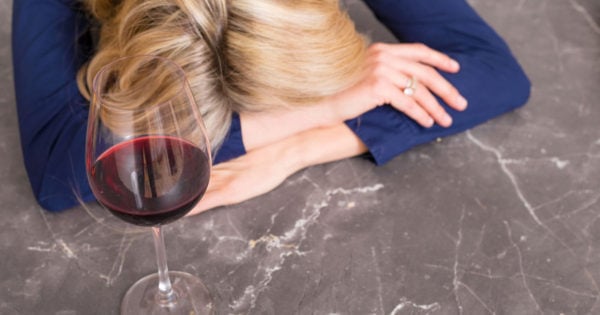
Kate has three children, one in primary school and two in high school. Attractive and always well dressed, she doesn’t “look” like an alcoholic. Only her two best friends know she goes to AA meetings regularly. A stay at home mum, Kate hid her drinking for a long time. Years.
In a strange way Kate would describe her drinking as orderly, or even controlled. She knew when she could drink. She would wait until lunch time and tell herself it was okay to have a drink with lunch – she was an adult.
There would be two drinks before she picked up the kids from primary school and then she would start again as she cooked dinner. Within a few years the drinking went from lunchtime right through until bedtime. She was never a “life of the party” drunk, she was a “be by myself” drunk.
Then one day she slept through school pick up. She got away with it, but it started happening more regularly. Her kids would come home to her “sleeping” in the afternoon. Her husband and her went through a bitter divorce and her drinking went from bad to nightmarish with her children begging her to “not drink until dinner”.
Kate hit rock bottom when her husband filed for full custody. She worried about getting professional help because that would be on her medical record. In the end she did. She is currently six months sober and the court is yet to rule on the custody of her children.
As shocking as Kate’s story is, it’s not uncommon: in the past week, three women between the ages of 29 and 40 have been charged with mid- to high-range drink driving while picking up their children from school or daycare.






























































































